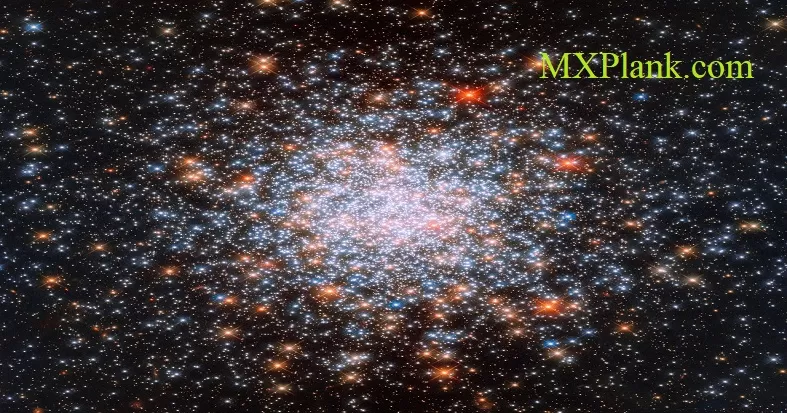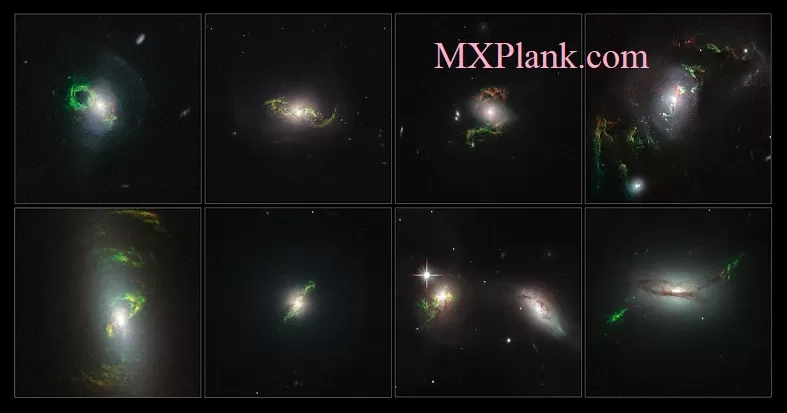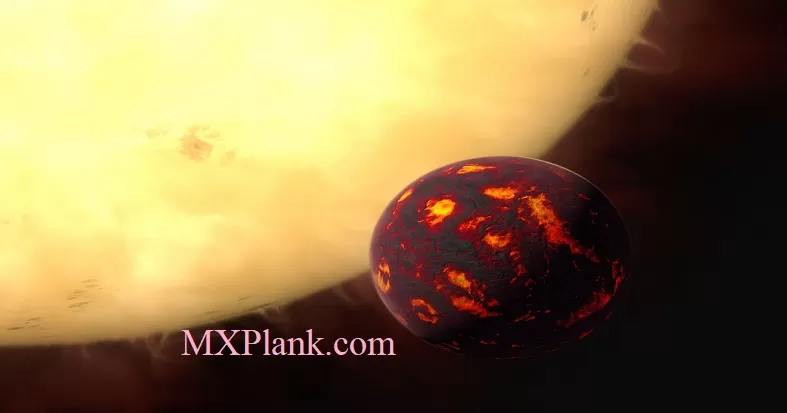Barred spiral galaxy NGC 6217

This is the first image of a celestial object taken with the newly repaired Advanced Camera for Surveys (ACS). The camera was restored to operation during the STS-125 Servicing Mission to upgrade the NASA/ESA Hubble Space Telescope.
The barred spiral galaxy NGC 6217 was photographed on 13 June and 8 July 2009, as part of the initial testing and calibration of Hubble's ACS. The galaxy lies up to 90 million light-years away in the north circumpolar constellation Ursa Major.
NGC 6217 is a barred spiral galaxy located some 67 million light years away, in the constellation Ursa Minor. It can be located with a 10 cm (4 in) or larger telescope as an 11th magnitude object about 2.5° east-northeast of the star Zeta Ursae Minoris. The galaxy is inclined by an angle of 33° to the line of sight along a position angle of 162°.
A morphological classification of (R')SB(rs)bcindicates that NGC 6217 has a false outer ring-like structure formed from the spiral arms (R'), a well-defined bar running across the nucleus (SB), a partial inner ring (rs), and moderately-wound spiral arms (bc). The nucleus is spherical in shape, showing no indication of oblateness. The prominent bar spans an angular distance of 48"e; (48 arc seconds) across the galaxy along a position angle of 35.97° ± 0.35°. At 10"e; southeast of the nucleus is a prominent region of star formation. The inner ring is about 43".5 across.
NGC 6217 has been characterized as a starburst galaxy, which means it is undergoing a high rate of star formation compared to a typical galaxy. As a result, the spectrum is dominated by stellar photoionization from young, hot stars.This component is less than 10 million years old, producing a blue-hued spectral continuum with absorption weak lines from elements other than hydrogen and helium. At the core of the galaxy is a low-luminosity active galactic nucleus which has formed an H II region.
Credit:
NASA, ESA and the Hubble SM4 ERO Team






